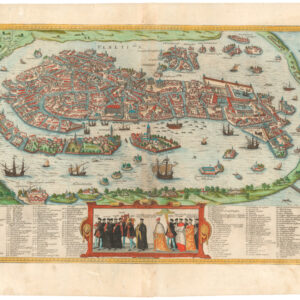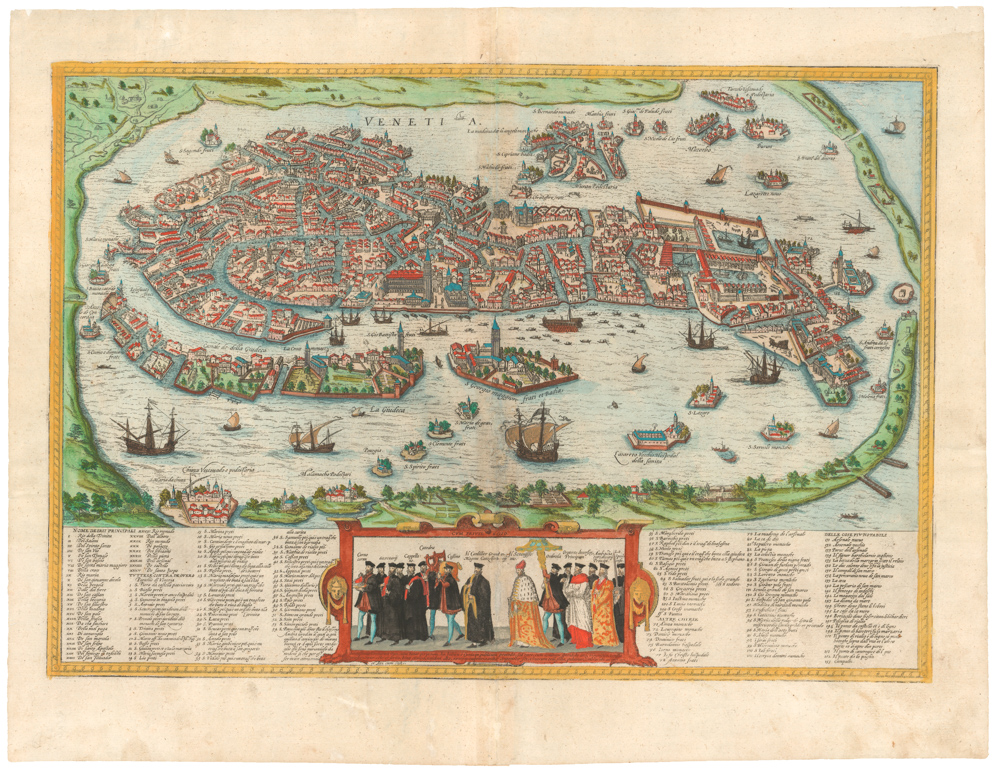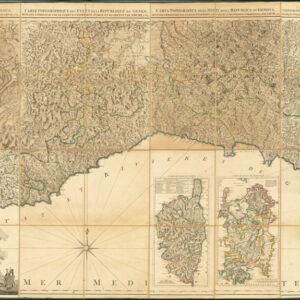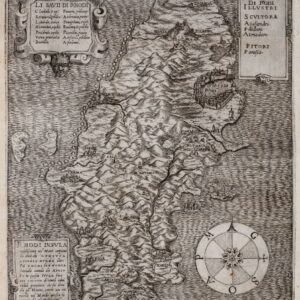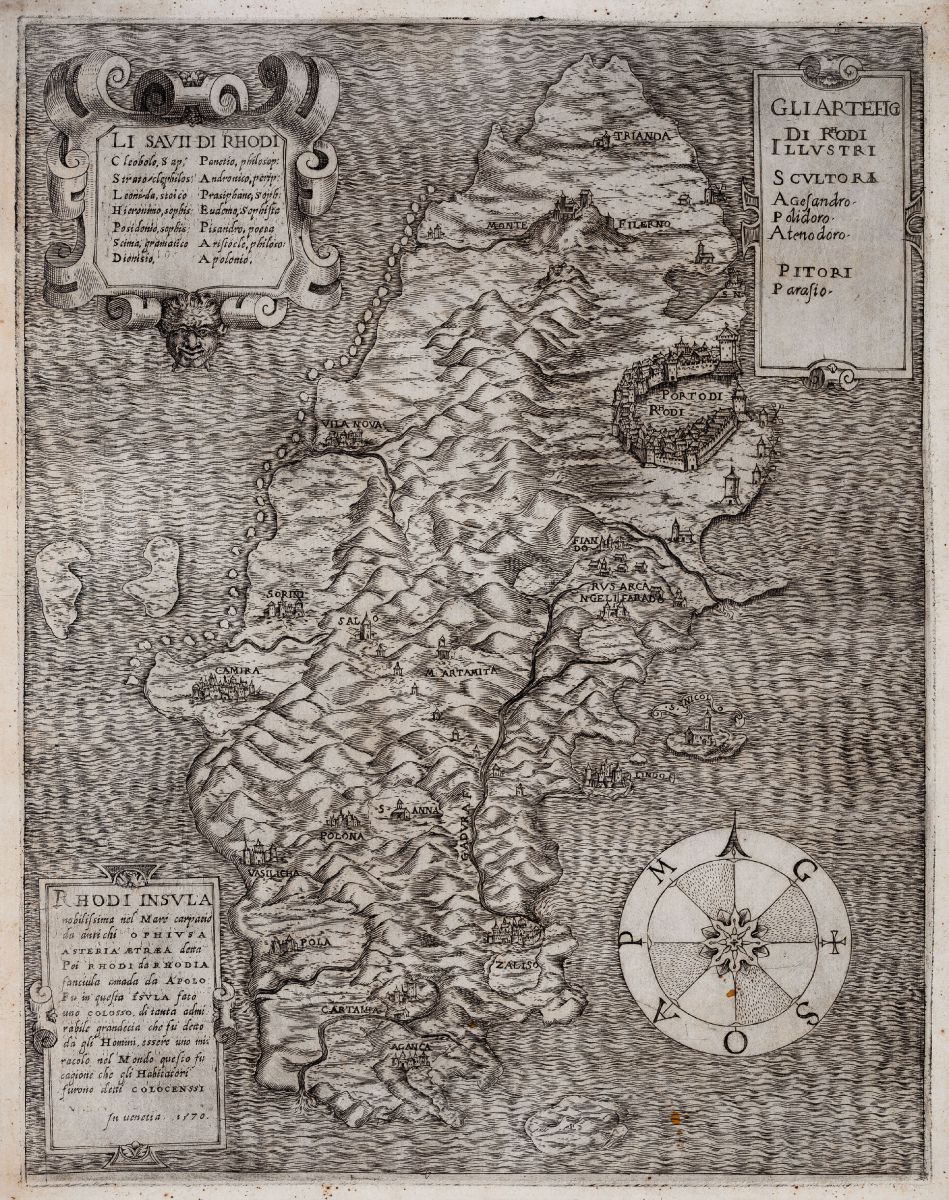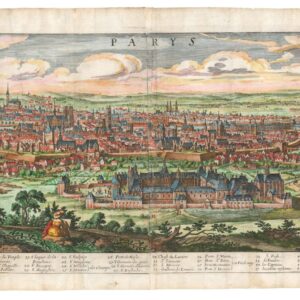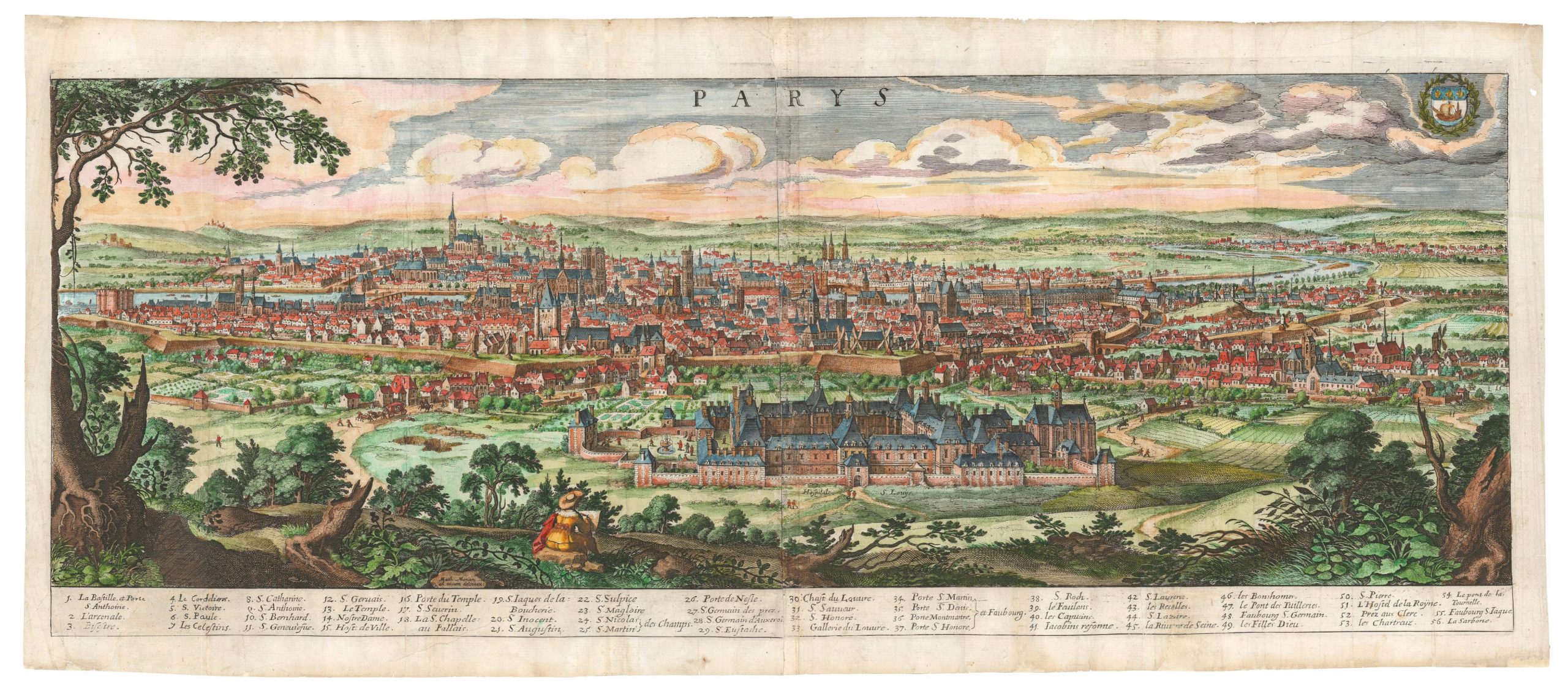Coronelli’s spectacular double-sheet of Europe.
Parte Occidentale Dell’Europa & Parte Orientale Dell’Europa.
Out of stock
Description
Vincenzo Maria Coronelli compiled this stunning double-sheet map of Europe for his Atlante Veneto atlas, published in Venice in 1691. It is a lovely portrayal of the old continent, created at the pinnacle of the Golden Age of cartography. In scope, it spans from the North Atlantic to the Ural Mountains, including Anatolia, the Levant, and the Caucasus. Framing the continent to the south is the Mediterranean, with elements of the North African coastline at the bottom.
To the west, the map stretches to encompass the eastern coast of Greenland, here labeled as America Setten. In this manner, all the North Atlantic islands are shown, and Iceland even has room for pictorial details like the erupting Hekla volcano. The inclusion of the volcano is more than romantic ornamentation, though: it constitutes a reflection of the growing scientific interest in Icelandic geology during that era. Among the fascinating features of the North Atlantic is a tentative delineation of the mythical island of Frisland. Tales of the Zeno expedition inspired the legend of Frisland and is a poignant reminder of the still speculative nature of geography that characterized Coronelli’s era. While representations of Frisland abound in 16th-century mapmaking, during the 17th century, the notion was gradually dismissed. Coronelli elegantly deals with the disappearing island by drawing it precisely as such. His dedication to cartographic detail nevertheless compelled him to include no less than twelve toponyms on the island.
In general, it is in the north that Coronelli’s prowess as a mapmaker reveals itself. Scandinavia and Russia are fully delineated to the north, although not all represent physical reality. The deliberate inclusion of the Arctic Ocean – on the remotest and most inhospitable places on earth – allowed Coronelli to include the latest discoveries in the form of Nuova Zembla (Novaja Zemlja). This had been partly mapped by Willem Barentzs in the last years of the 16th century and again by Henry Hudson a decade later. What motivated Barentzs and Hudson to go there was undoubtedly the same thing that motivated Coronelli to include it prominently on this map: the continued search for a Northeast Passage.
In addition to the outstanding cartography, Coronelli is famous for his ornate designs; this double chart is no exception. Throughout, we find details more reminiscent of the late 16th and early 17th century than of Coronelli’s age. We have already mentioned the vignette of Hekla on Iceland. In the North Atlantic waters, a horned sea serpent is being hunted by men in rowboats armed with harpoons. On the tentative outline of Novaja Zemlja, we see the winter hut constructed by Barentzs and his crew in 1596. Other decorative elements include the two elaborate cartouches, not to mention its impressive dimensions as a double sheet chart. The map exudes elegance and sophistication and is a prime example of late 17th-century cartography.
This cartographic masterpiece was compiled for Coronelli’s prestige project, the Atlante Veneto (1691), explicitly designed to continue Willem Blaeu’s groundbreaking Atlas Maior. It was compiled in 1690, as indicated in the atlas’ frontispiece, but only published the following year. In addition to the compendium of geographical and scientific knowledge, the Atlante included an essential treatise on globe-making. It was extended and reprinted several times so that by 1701, it consisted of no less than twelve volumes.
Cartographer(s):
Vincenzo Maria Coronelli (1650 – 1718) was a Franciscan printer, cartographer, and globe-maker from Venice. Due to his religious background, many of his charts have been signed P. Coronelli, meaning Père or ‘Father’, and referring to his status as a friar of the Franciscan Order. He was appointed official cosmographer for the city of Venice and was later employed as royal cartographer to the King of France. In particular the latter position meant that he had access to the latest records and materials from French pioneers and voyages of exploration. This caused many of his charts to be cutting-edge innovations that redefined the newly discovered parts of the world in an entirely novel fashion. It also meant that Coronelli would have no scruples in declaring uncontested or virgin land in the New World as part of Nouvelle France. This is exemplified in Coronelli’s celebrated 1685 chart of Western Canada or Nouvelle France, in which the official French territories have been expanded thousands of miles to the west and south, so that most of the Midwest, including the Mississippi Valley, has been subsumed under a French claim.
Coronelli’s access to the latest French sources and intelligence is part of what has made his maps so cartographically decisive and collectible. An example of this is found in his 1688 chart of upper Mexico and the Rio Grande (modern Arizona, California, and parts of New Mexico). This map was, at the time of its publication, one of the most detailed and accurate maps of the Rio Grande on the market. The detailed information conveyed in Coronelli’s map came directly from Diego Penalosa, the Spanish governor of New Mexico (1661-63) who turned rogue and provided the French King with a wealth of strategic geographical information. His ambition was to lure the French into attacking New Mexico from the neighboring territory of Louisiana. Despite the controversial source of his information (or perhaps precisely because of it), Coronelli does not hesitate to lay credit where credit is due, and mentions Penalosa directly in the map’s cartouche.
Condition Description
Touches of old color.
References
